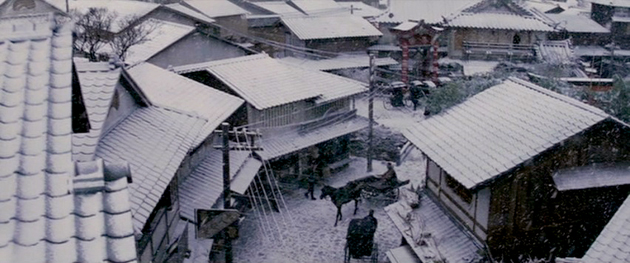John Myhre

AS: What are you looking at visually as references?
JM: We’re doing a really heightened version of the very, very best of China. We’re doing beautiful temples and beautiful shrines and the amazing mountains that you only see in China. And we’re heightening everything. When we go into a bamboo forest, instead of the bamboo being three inches, the bamboo will be a foot across to make it even more magical and myth-like. And when we go into a temple it won’t just be the recreation of a temple we love, it will instead be the best details of every temple we could possibly find in China all put together.
We’ll play with the scale of things so there might be a beautiful, round moon-gate –a circular doorway that would normally be seven-foot tall and we might make ours twenty-foot tall. We might take lanterns that are normally two-foot tall and make them twelve-foot tall. We plan to heighten everything and just take the very, very best out of China and condense it into one space.
We did the same thing on Memoirs of a Geisha which was set in Japan. I was really lucky to be able to scout Japan on my own for about five weeks. I ended up taking three thousand pictures of details of Japanese buildings. The city that you see in Memoirs of a Geisha was actually built in California in Thousand Oaks. We built about fifty buildings. It wasn’t about taking a photograph of a building and giving it to a set-designer and saying, Draw this up.
I’d sit with the set designer and say, Well, I loved this doorway and I loved this window. I’d have a picture of a door and a detail of a window and a detail of an eve and a detail of a paper screen and a lantern and I’d say, Let’s take all of these and put it into one building. And we’re doing that now on an even bigger scale because Memoirs of a Geisha was a very realistic story, a real world we were creating, but this is a myth-like, almost superhero world that we’re creating for Snow and the Seven.
AS: You were saying how the color palette is different this time around…
JM: Well, in Japan what we really played on were these natural materials. In our world of Japan we didn’t use a lot of paint. It was all natural colors. It was the real color of the cedar they used and the real colors of the bamboo they used. These very beautiful, natural colors. Working with Colleen Atwood, our costume designer, the color in the film really came from the costumes. Now, in the world of China, what we’re looking at is a whole different world which is much more ornate, much more detailed, and much more colorful, which will be really exciting.
AS: On the Memoirs of a Geisha set, not only did you have to build the entire village, but the set had to go through four seasons…
JM: In Memoirs of a Geisha the seasons were a very important part of the design of the movie. As they are in Japan. And we really needed to be able to show the seasons, and control the seasons. We needed a city with a river, bridges, tea-houses, okiyas, and homes. We needed a city that could one day be winter and the very next day be spring and the very next day be fall and then summer for a couple days and the next day back to winter. So we needed a place where we could absolutely control everything.
Pingback: David Warren
Pingback: Jess Gonchor
Pingback: David Wasco & Sandy Reynolds-Wasco